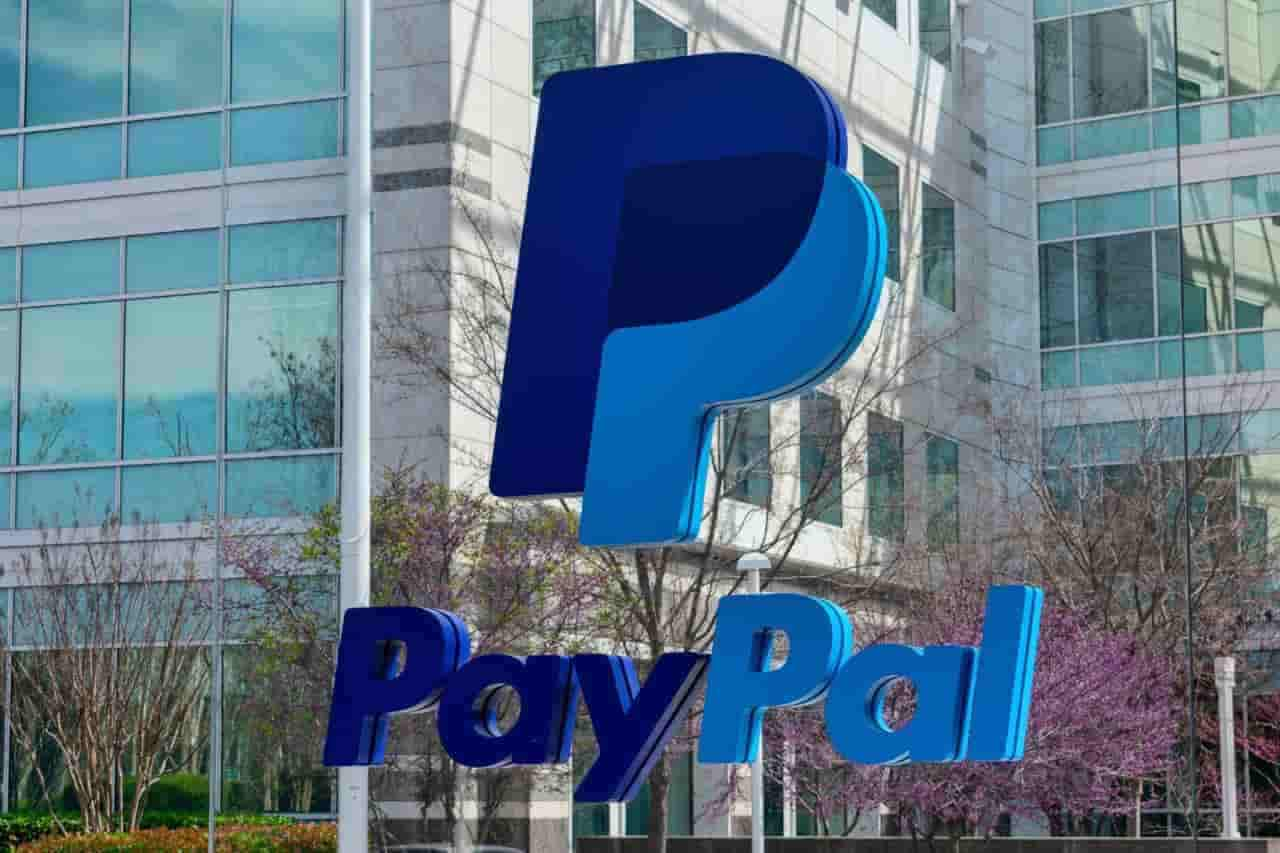PayPal’s (NASDAQ: PYPL) stock has witnessed a sharp downturn over recent weeks, with the trend showing no signs of abating.
Though the company sparked optimism with the announcement of Alex Chriss, previously of Intuit, as the new CEO, market sentiment quickly reversed.
On August 17, PayPal’s stock value plummeted, hitting a level not recorded in the past six years, which raises questions about the financial titan’s trajectory.
Data from Barchart reveals that the stock ended 1.8% lower on Thursday, settling at $58.60, a price reminiscent of August 11, 2017. Over the span of a week, the stock decreased by 6.4%, and it’s down over 20% for the month, shedding nearly $20 billion of its market capitalization.
This downturn mirrors the general market sentiment, with the S&P 500 Index (SPX) dipping to 4,370.36 and the Dow Jones Industrial Average (DJIA) falling 0.84% to 34,474.83.
Behind PayPal’s Stock Decline
Multiple reasons contribute to PayPal’s current stock market predicament.
The most significant jolt this week came after Elliott Investment Management, an activist hedge fund, disclosed through an SEC filing that it has offloaded its position in the fintech leader.
This move caught PayPal stakeholders off-guard, especially since Elliott had announced a $2 billion investment in PYPL just a year prior.
An Elliott representative chose not to comment on the latest filing, highlighting that such filings only provide a “partial view of the holdings an institution like Elliott might have at any point.”
Since August 2022, PayPal’s stock has been spiraling. A primary catalyst was the revelation of a $341 million net deficit for the company, a stark contrast to the $1.18 billion profit from the previous year’s same quarter.
This wasn’t an isolated incident. A string of lackluster earnings over the past year has significantly impacted PayPal’s stock health.






